https://arstechnica.com/science/201...puts-a-price-on-the-sls-rocket-and-its-a-lot/After the Senate Appropriations Committee released its fiscal year 2020 budget bill in September, the White House Office of Management and Budget responded with a letter to share some "additional views" on the process. This letter (see a copy), dated October 23 and signed by acting director of the White House budget office Russell Vought, provides some insight into NASA's large Space Launch System rocket.
Congress has mandated that NASA use the more costly SLS booster to launch the ambitious Europa Clipper mission to Jupiter in the early 2020s, while the White House prefers the agency to fly on a much-less-expensive commercial rocket. In a section discussing the Clipper mission, Vought's letter includes a cost estimate to build and fly a single SLS rocket in a given year—more than $2 billion—which NASA has not previously specified.
"The Europa mission could be launched by a commercial rocket," Vought wrote to the chairman of the Senate Appropriations Committee, Alabama Republican Richard Shelby. "At an estimated cost of over $2 billion per launch for the SLS once development is complete, the use of a commercial launch vehicle would provide over $1.5 billion in cost savings. The Administration urges the Congress to provide NASA the flexibility called for by the NASA Inspector General."
Independent estimates have pegged the SLS cost this high, but NASA has never admitted it. A $2 billion cost to launch one SLS rocket a year raises significant questions about the sustainability of such an exploration program—the government killed the similarly sized Saturn V rocket in the early 1970s because of unsustainable costs.
Install the app
How to install the app on iOS
Follow along with the video below to see how to install our site as a web app on your home screen.
Note: This feature may not be available in some browsers.
You are using an out of date browser. It may not display this or other websites correctly.
You should upgrade or use an alternative browser.
You should upgrade or use an alternative browser.
Avaruus
- Viestiketjun aloittaja Juke
- Aloitus PVM

Suomi valmistautuu puolustautumaan avaruudessa – EU:n uudessa puolustusprojektissa varoitetaan hypersoonisista ohjuksista
Euroopan puolustusyhteistyö tiivistyi jälleen tiistaina, kun puolustusministerit päättivät 13 uudesta yhteisprojektista. Kolmansien maiden osallistumista edistetään Suomen esityksen pohjalta.
3 kertaa vahvempi kuin mikään muu ioni moottori
https://www.space.com/ultima-thule-beyond-pluto-new-name-arrokoth.htmlAerojet Rocketdyne and NASA recently demonstrated an Advanced Electric Propulsion System (AEPS) thruster at full power for the first time, achieving an important program milestone. Aerojet Rocketdyne-developed AEPS thrusters are slated to be used on the Power and Propulsion Element of NASA's Gateway, the agency's orbiting lunar outpost for robotic and human exploration operations in deep space.
The state-of-the-art AEPS Hall thruster operated at 12.5 kilowatts (kW) as part of its final conditioning sequence during testing at the Jet Propulsion Laboratory in Pasadena, California. The thruster demonstrated stable operation at power levels ranging from 4.2 kW to 12.5 kW. Full electric propulsion thruster string integration will take place early next year.
"Our AEPS thruster has demonstrated the high levels of power needed to operate the Power and Propulsion Element, and by extension, the entire Gateway," said Aerojet Rocketdyne CEO and President Eileen Drake. "With a successful full power test complete, Aerojet Rocketdyne is ready for the next phase of our advanced electric propulsion system in support of NASA's Artemis program."
The Gateway's Power and Propulsion Element is a high-power solar electric propulsion spacecraft capable of producing 60 kW - which is three times more powerful than current capabilities. Two Aerojet Rocketdyne AEPS thruster strings will be employed on the spacecraft. Each string is comprised of a Xenon Hall thruster, a power processing unit that controls the electric power to the thruster, and a Xenon flow controller which controls the flow of Xenon to the thruster.
The AEPS thruster is part of a larger Aerojet Rocketdyne AEPS development effort under contract with NASA's Glenn Research Center. Early system integration tests for AEPS were successfully conducted last August, proving the system's ability to successfully convert power at a high efficiency level, producing minimal waste heat. NASA aims to launch the Power and Propulsion Element in late 2022 in support of the Artemis program, which will land the first woman and next man on the Moon by 2024.
https://www.theregister.co.uk/2019/11/14/nasa_oig/NASA's Office of the Inspector General has emitted a report (PDF) yesterday that made for difficult reading for agency bigwigs, as the bean counters made clear the challenges presented by the agency's headlong rush to the Moon.
As NASA has lurched from one presidential goal to another over the last decade (the latest being the Trumpian 2024 lunar landing deadline) the agency has kept the money taps open.
Naturally, it was the agency's flagship Space Launch System (SLS) that copped much of the flack as inspectors noted that it, combined with the Orion capsule and Exploration Ground Systems (EGS) – the infrastructure to actually launch stuff – was costing the earth.
Through 2019 the agency will have spent "roughly" $34bn on SLS, Orion and EGS, a figure that includes the work done up until now. With a budget increase of anywhere from $20bn to $30bn needed in order to meet US President Donald Trump's arbitrary 2024 deadline, the final figure will be north of $50bn.
As a reminder, the engines of SLS are leftovers from the Space Shuttle program, and a large portion of the technology used is derived from legacy hardware.
The OIG noted that both Artemis 1 and 2, the first uncrewed and crewed missions respectively, are about two years behind schedule and have seen costs jump by $2.6bn. The official launch for Artemis 1 remains in 2020 (just) while Artemis 2 is due to send humans around the Moon in 2023.
The third Artemis mission will land humans on the Moon using a lunar lander. The OIG optimistically stated the lander would dock with the yet-to-be-launched Lunar Gateway. More realistically, it observed that (as is likely) should Artemis 1 slip into 2021, then the dates for subsequent missions may drift to the right.
The usual suspects remained in the frame, as the OIG reminded readers that it had warned that Boeing would need another $2bn just to get two core SLS stages done even without completing the Exploration Upper Stage needed for more exciting deep space missions. It also reckoned NASA's award fees were a tad over-generous in the face of cost increases and schedule slippage.
Too big to fail?
Of course, the SLS makes for an easy target, it being big and orange. The OIG also had a pop at the rest of NASA's work, pointing to an average cost growth of 27.6 per cent in nine out of 17 major projects and launch delays of approximately 17 months.
Unsurprisingly, the James Webb Space Telescope (JWST) got special attention, being 81 months late and $4.4bn over budget as of May 2019.
While the OIG noted that NASA had made improvements thanks to initiatives such as the Joint Cost and Schedule Confidence Level (JCL) analysis, it also cited what it called a "Culture of Optimism" as a significant factor. While optimism does encourage innovation, the reluctance of the agency to cancel major projects due to poor cost and schedule performance has caused a "too big to fail" mindset, the report warned.
Getting real about International Space Station access and exiting by 2024
Finally, the OIG looked at how the agency intended to extract itself from the sprawling ISS project which currently consumes about half of NASA's human spaceflight budget.
The ISS, said the report, is the only place where research into the health risks of long-term space flight can be conducted as well as demonstrations of technology to be used on missions to the Moon or Mars. A retirement by 2024 would mean that eight out of 20 health risk research projects would not be completed as well four of 37 technology studies.
And then there is the crew issue. Thanks to continued delays from the Commercial Crew vendors (SpaceX and Boeing) it is highly likely that the number of US crew onboard the ISS will drop to 1 in 2020, severely limiting the science that can get done. With Russia cutting Soyuz production in half and NASA's waiver to buy Soyuz seats expiring at the end of 2020, the US cannot rely on its former space-race rival to pick up the slack.
Despite NASA putting $17.8bn toward the development of commercial crew and cargo vehicles (as of April 2018) neither SpaceX nor Boeing had managed to fly a human. SpaceX sent an uncrewed Crew Dragon to the ISS in 2019 (before accidentally blowing the thing up shortly after) and Boeing plans its own uncrewed ISS flight by the end of 2019 and a crewed mission in early 2020, the OIG sniffed that it believed the dates "are unrealistic".
As for NASA extracting itself from the ISS, the OIG observed that: "Realistically, the ISS will require significant federal funding beyond 2025 given the current limited commercial market interested in assuming the Station’s operational costs."
Overall, NASA's main problem has remained the short-termism of successive US administrations. While long-term programmes such as Shuttle, Apollo or the ISS survived with (relatively) bi-partisan support, the agency's goals over the last decade or so have changed with the changing of administration, meaning that the boffins have lacked a clear and consistent focus.
"Consequently," the report stated, "achieving a constancy of purpose is perhaps the greatest overall challenge facing NASA." ®
Tässä siis Suomi mukana.
The spectrum of threats on the European territory is evolving towards more complex and evolving air threats, notably in the missile domain. The project therefore aims at strengthening the ability of Europeans to better detect, track and counter these threats through a combination of enhanced capabilities for space-based early warning and endo atmospheric interceptors. It promotes the European self-standing ability to contribute to NATO Ballistic-Missile Defence (BMD).
"Space based early warning" tarkoitanee IP ja mahdollisesti myös tutkasatelliitteja. Nämä tullevat olemaan game changer suhteessa stealth-lentokoneisiiin, sillä ne ovat ylhäältä isoja kuin ladon ovi. Lienee myös ajan kysymys, ennen kuin Kiinalla ja sitä kautta operatiivisesti myös Venäjällä, on sama kyky.
HX-relevanssi lienee siinä, että epäilisin F-35:n häiveominaisuuksien merkitystä arvioitavan pienemmäksi kuin julkisuudessa laajalti arvellaan. F-35:n etu on laajassa käyttäjäkunnassa ja kehittyneissä järjestelmissä.
T&T verkko
Suomi liittyi eurooppalaiseen Twister-ohjuskehitykseen – tavoitteena 2030-luvulla käyttöön tuleva avaruutta hyödyntävä ohjuspuolustusjärjestelmä
Matti Keränen19.11.201916:01|päivitetty19.11.201916:01TEKNIIKKATEOLLISUUSASETEOLLISUUSAVARUUS

Havainnekuva. Aseteollisuuskonserni MBDA:n visio uudesta torjuntaohjuksesta. MBDA
Euroopan unionin ministerineuvosto on hyväksynyt Twister-nimellä kulkevan asekehityshankkeen, johon myös Suomi osallistuu.
Suomi osallistuu viiden EU-maan yhteiseen asekehityshankkeeseen, jonka tavoitteena on kehittää eurooppalainen hypersoonisten ohjusten torjumiseen kykenevä ohjus.
Twister-kehitysohjelmassa kehitetään uutta torjuntaohjusta, joka kykenee torjumaan muun muassa uuden sukupolven yliäänisiä ballistisia ohjuksia ja uuden sukupolven hävittäjiä.
Aiheesta uutisoiva Ilta-Sanomat kirjoittaa, että ohjuspuolustusjärjestelmään liittyy myös satelliittipohjaisen ennakkovaroitus- ja seurantajärjestelmän kehittäminen.
Puolustusministeriön erityisavustaja Tuomas Koskenniemi kommentoi lehdelle, että Suomi saa hankkeesta paljon tietoa, jota ei muualta ole saatavissa.
”Avaruuskyvyt ovat laajemminkin hyvä esimerkki siitä, ettei minkään jäsenmaan kannata sellaisessa olla yksin mukana”, Koskenniemi sanoo Ilta-Sanomien mukaan.
Nykyiset Euroopassa sijaitsevat ohjuspuolustusjärjestelmät ovat haavoittuvaisia muun muassa uusille matalalla ilmakehässä lentäville moninkertaiseen äänennopeuteen kykeneville ohjuksille, Aerotimes kirjoittaa.
Twister-hanke on osa Euroopan unionin pysyvää rakenteellista yhteistyötä, jonka puitteissa Suomi osallistuu 12 hankkeeseen.
Ranskan johtamassa hankkeessa ovat mukana Suomen lisäksi Hollanti, Espanja ja Italia. Rahoitusta kehitykseen on tarjolla EU:n puolustusrahastosta.
Uutta järjestelmää kaavaillaan käyttökelpoiseksi 2030-luvulla.
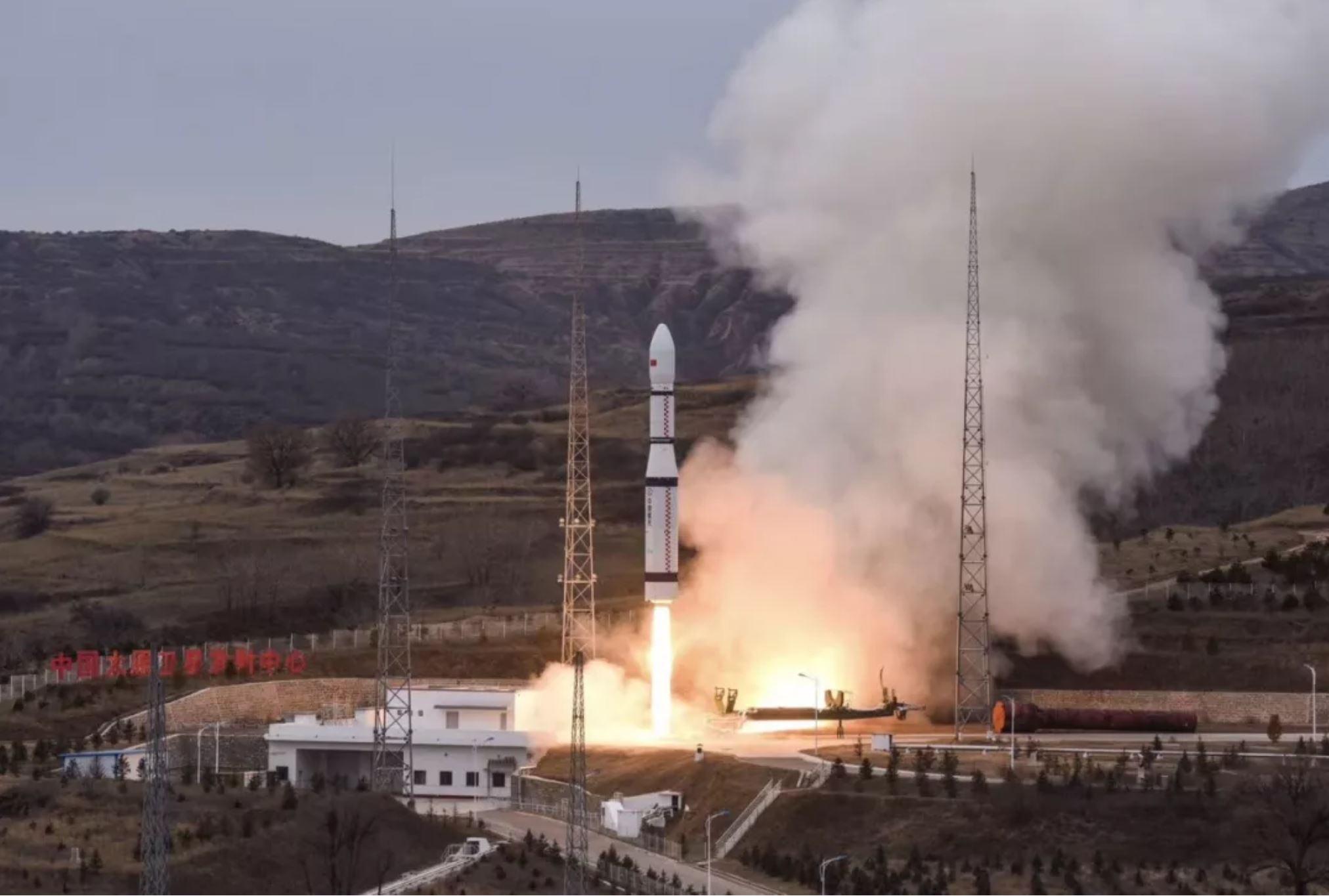
China carries out 2 orbital launches inside 3 hours
China launches six remote sensing satellites into orbit with a pair of launches inside three hours from sites in north China.
 spacenews.com
spacenews.com
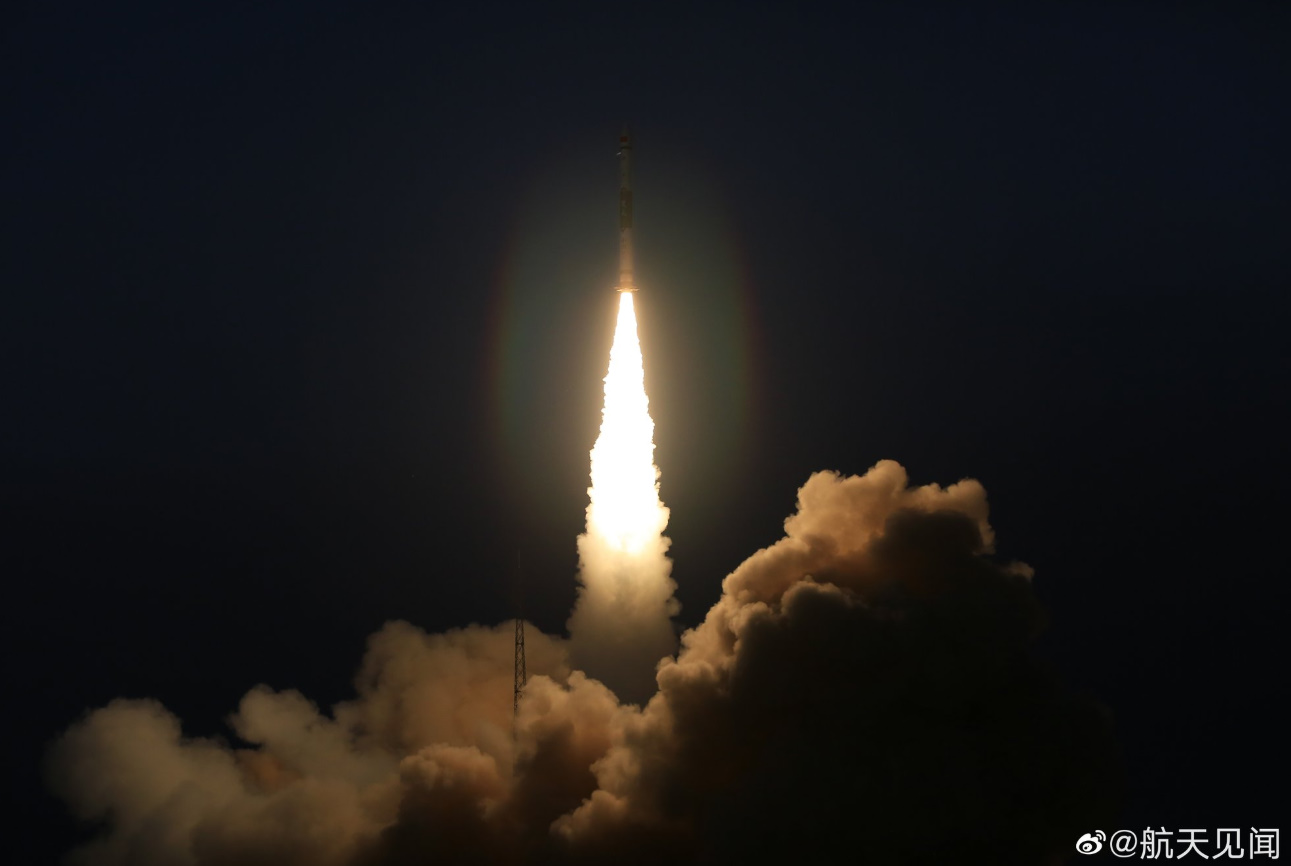
China launches second Kuaizhou-1A rocket in four days - NASASpaceFlight.com
In just a little more than a four day period, from the very same pad,…
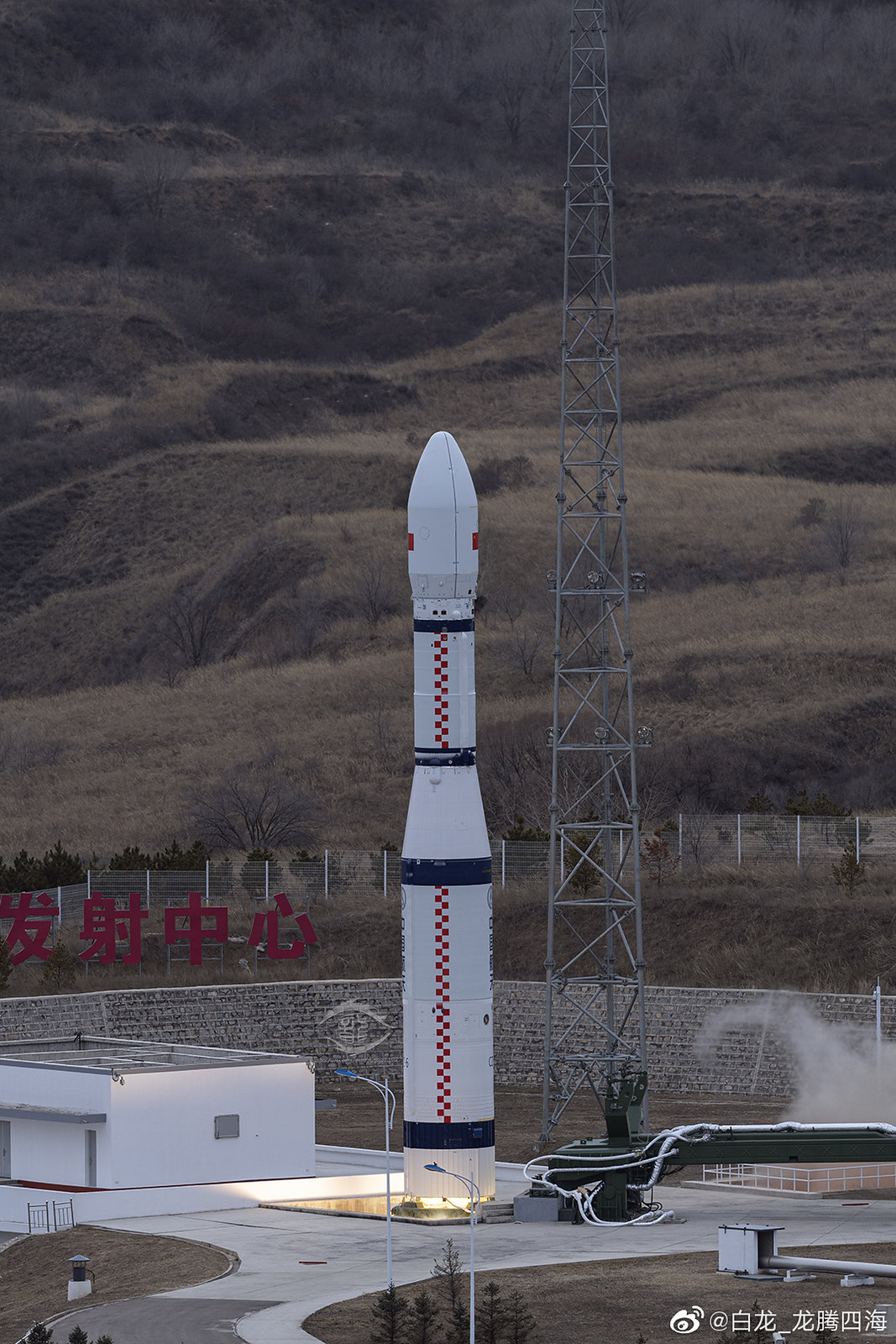
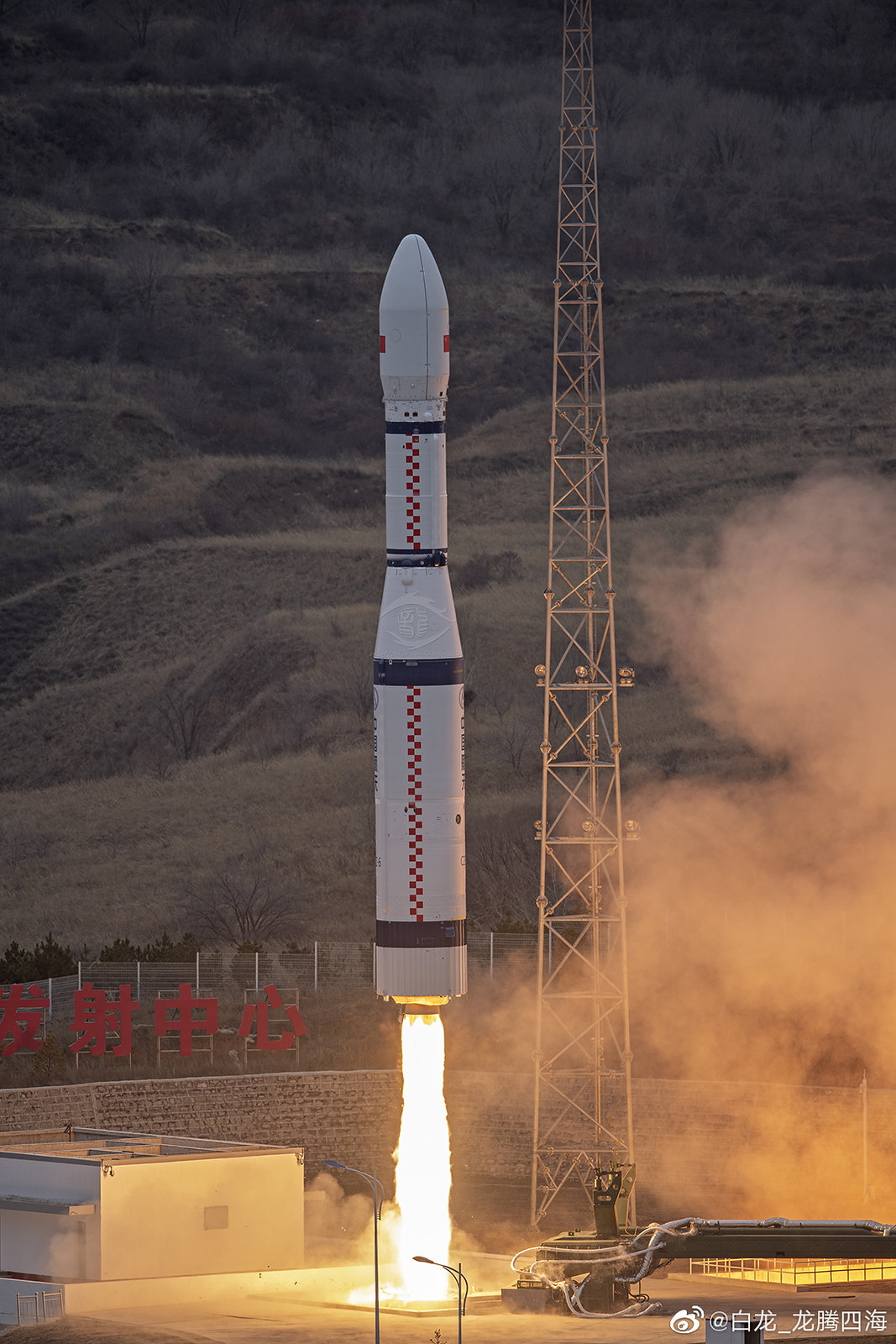
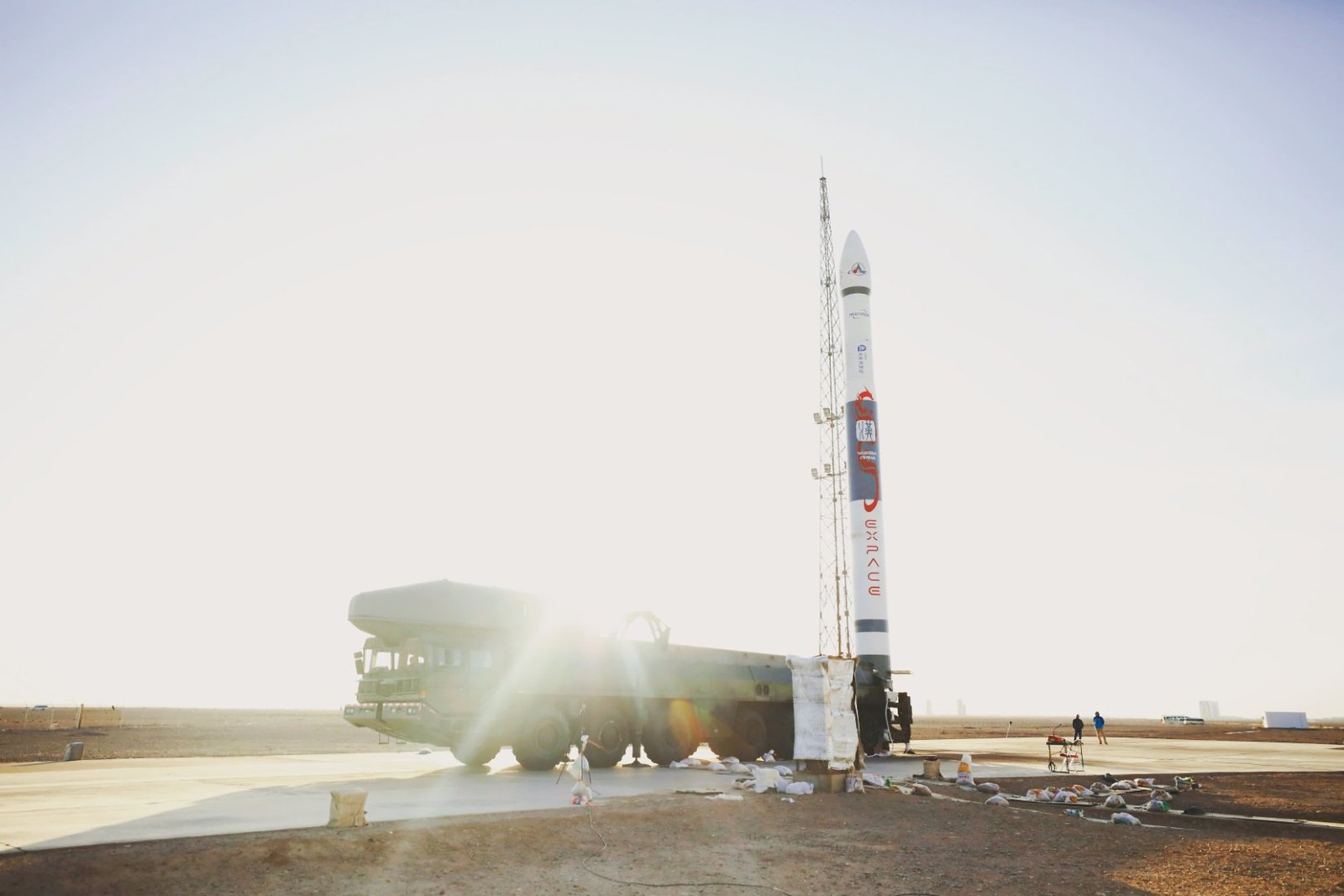
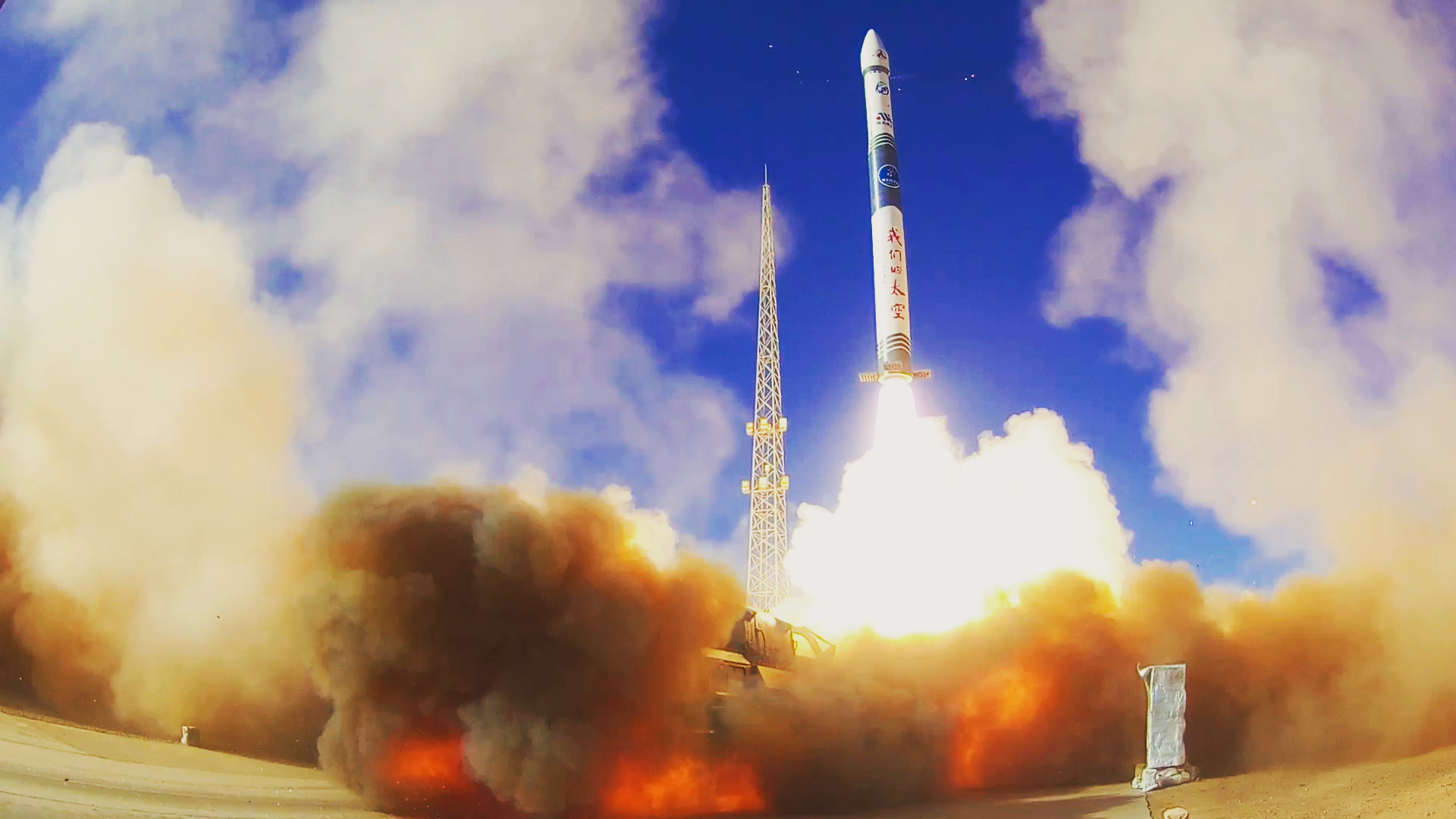
Viimeksi muokattu:
tulikomento
Supreme Leader
Olisiko Columbia kyetty pelastamaan ?
Olisiko Columbia kyetty pelastamaan ?
Olisi, mutta poliittista tahtoa sille ei ollut olemassa.
Korruptio rehottaa.

 www.bbc.com
www.bbc.com

Russia corruption: Putin's pet space project Vostochny tainted by massive theft
Russia has lost more than £130m in theft from a key space project cherished by President Putin.
Korruptio rehottaa.

Russia corruption: Putin's pet space project Vostochny tainted by massive theft
Russia has lost more than £130m in theft from a key space project cherished by President Putin.www.bbc.com
Ullatus! Kylläpä pohdituttaa, mitä Venäjä olisi saanut aikaiseksi jos olisi päättänyt panostaa avaruussektoriin 1990-luvulla vanhojen, sinänsä toimivien, rakettien kierrätyksen sijaan. Mm. konseptit uudelleenkäytettävien rakettien rakentamiseksi olivat olemassa ym.
Ei varmaan tullut kellekään yllätyksenä että mk1 starshipillä ei nyt sitte "yllättäen" lennetäkään tänä vuonna.
SpaceX:n kantoraketti tuhoutui räjähdyksessä Texasissa, koelaukaisu oli tarkoitus tehdä vielä tänä vuonna
https://www.hs.fi/tiede/art-2000006316222.html
"YHTIÖNÄ toimitusjohtaja Elon Musk kertoi aiemmin, että Mk1:n koelentojen oli tarkoitus alkaa vielä tämän vuoden aikana."
"Musk kertoi onnettomuuden jälkeen, ettei SpaceX tule enää käyttämään Mk1-mallia, kertoi uutistoimisto Reuters."
SpaceX:n kantoraketti tuhoutui räjähdyksessä Texasissa, koelaukaisu oli tarkoitus tehdä vielä tänä vuonna
https://www.hs.fi/tiede/art-2000006316222.html
"YHTIÖNÄ toimitusjohtaja Elon Musk kertoi aiemmin, että Mk1:n koelentojen oli tarkoitus alkaa vielä tämän vuoden aikana."
"Musk kertoi onnettomuuden jälkeen, ettei SpaceX tule enää käyttämään Mk1-mallia, kertoi uutistoimisto Reuters."
Fremen
Greatest Leader
Kurja juttu silti...Ei varmaan tullut kellekään yllätyksenä että mk1 starshipillä ei nyt sitte "yllättäen" lennetäkään tänä vuonna.
SpaceX:n kantoraketti tuhoutui räjähdyksessä Texasissa, koelaukaisu oli tarkoitus tehdä vielä tänä vuonna
https://www.hs.fi/tiede/art-2000006316222.html
"YHTIÖNÄ toimitusjohtaja Elon Musk kertoi aiemmin, että Mk1:n koelentojen oli tarkoitus alkaa vielä tämän vuoden aikana."
"Musk kertoi onnettomuuden jälkeen, ettei SpaceX tule enää käyttämään Mk1-mallia, kertoi uutistoimisto Reuters."
Noh, tässä vähän taustaa vastaavasta hommasta, joka meni puihin. Aika kiinnostava juttu, erityisesti avaruuspukujen ja kanadan käden puute, ja niiden vaikutukset.
Joka tapauksess kurja juttu, jota ilmeisesti ei olisi voisi pelastaa. Sorry jos on jo ollut.
fulcrum
Greatest Leader
Ullatus! Kylläpä pohdituttaa, mitä Venäjä olisi saanut aikaiseksi jos olisi päättänyt panostaa avaruussektoriin 1990-luvulla vanhojen, sinänsä toimivien, rakettien kierrätyksen sijaan. Mm. konseptit uudelleenkäytettävien rakettien rakentamiseksi olivat olemassa ym.
Yllättävää uutisessa on vain se että joku oikeasti jäi kiinni ja joutui lusimaan. Kuului varmaan väärään banjaremmiin.
Venäjällä ei ollut ysärinä varaa panostaa avaruussektoriin, ESA ja Nasahan joutuivat kustantamaan Star Cityn ja Baikonurin peruskorjaukset jne. Putinin aikana avaruussektori kävi sitten laiskaksi kun ISS toi niin paljon varmoja laukaisuja ja kaupallisella puolella oli vähän kilpailua. Kehitysrahoilla lähinnä paranneltiin Sojuzia ja Progressia sen verran mitä ISS-yhteistyö vaati.
miheikki
Greatest Leader
Onhan se melekosta haipakkata tuommoselle rakkineelle.
Juhani Huopainen
tulikomento
Supreme Leader
Saksan rakettikehittelyä.
tulikomento
Supreme Leader
NASA:n mukaan kantoraketti SLS alkaa olla pääpiirteissään valmis.

 www.hs.fi
www.hs.fi

Maailman suurimman kantoraketin ydinosa valmistui viivästysten jälkeen – Nasan johtaja: ”Vie astronautit Kuuhun vuonna 2024”
Kantorakettia on kehitelty vuodesta 2011. Ensilennon piti toteutua jo marraskuussa 2018.
Tähän SLS rakettiin minäkin uskon. Seuraavan kuulennon raketti,vaikka kaiken maailman kuujuttuja vähän väliä julkistetaan muilta tahoilta.NASA:n mukaan kantoraketti SLS alkaa olla pääpiirteissään valmis.

Maailman suurimman kantoraketin ydinosa valmistui viivästysten jälkeen – Nasan johtaja: ”Vie astronautit Kuuhun vuonna 2024”
Kantorakettia on kehitelty vuodesta 2011. Ensilennon piti toteutua jo marraskuussa 2018.www.hs.fi
Tällä mennään vielä kuuhun ja Marsiin.
"Tämä on yksi askel kohti Artemis 3 -lentoa, joka vie nais- ja miesastronautit Kuuhun vuonna 2024, lähelle Kuun etelänapaa”, sanoi Nasan johtaja Jim Bridenstine maanantaina New Orleansissa uutistoimisto AFP:n mukaan"

 . Oma supernova, jopa päivällä...
. Oma supernova, jopa päivällä...